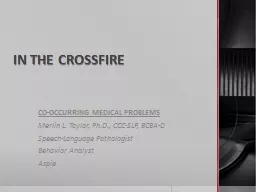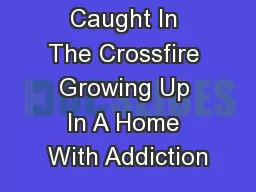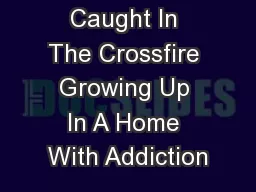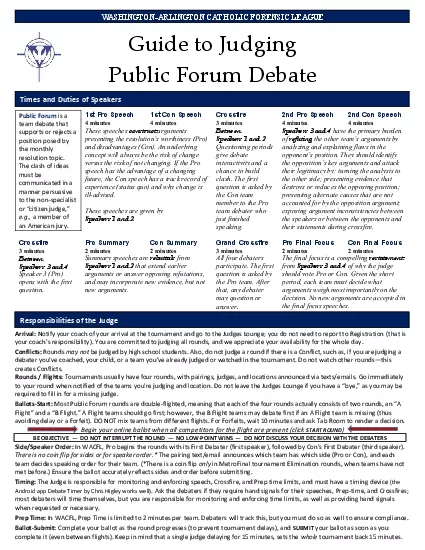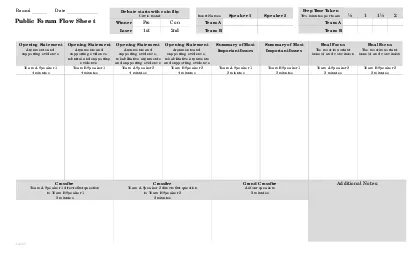PPT-IN THE CROSSFIRE
Author : pamella-moone | Published Date : 2015-11-08
COOCCURRING MEDICAL PROBLEMS Merlin L Taylor PhD CCCSLP BCBAD SpeechLanguage Pathologist Behavior Analyst Aspie CoOccurring Medical Problem Comorbid Condition
Presentation Embed Code
Download Presentation
Download Presentation The PPT/PDF document "IN THE CROSSFIRE" is the property of its rightful owner. Permission is granted to download and print the materials on this website for personal, non-commercial use only, and to display it on your personal computer provided you do not modify the materials and that you retain all copyright notices contained in the materials. By downloading content from our website, you accept the terms of this agreement.
IN THE CROSSFIRE: Transcript
Download Rules Of Document
"IN THE CROSSFIRE"The content belongs to its owner. You may download and print it for personal use, without modification, and keep all copyright notices. By downloading, you agree to these terms.
Related Documents

